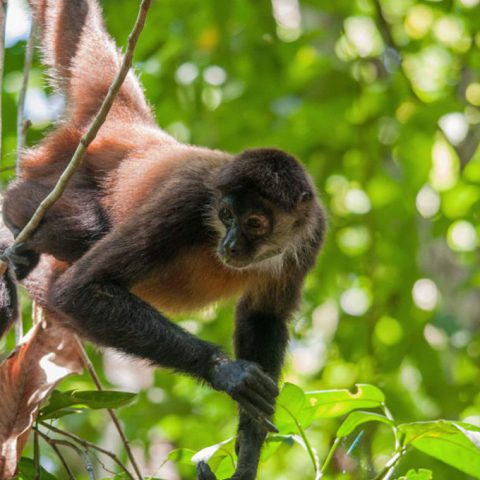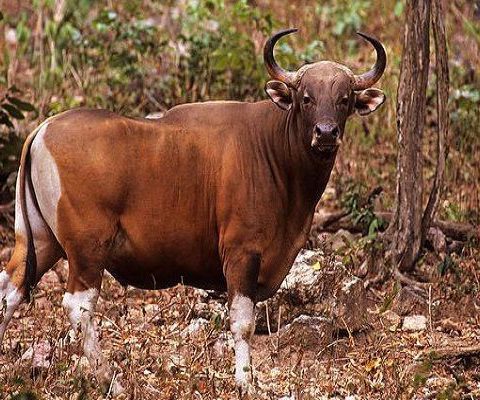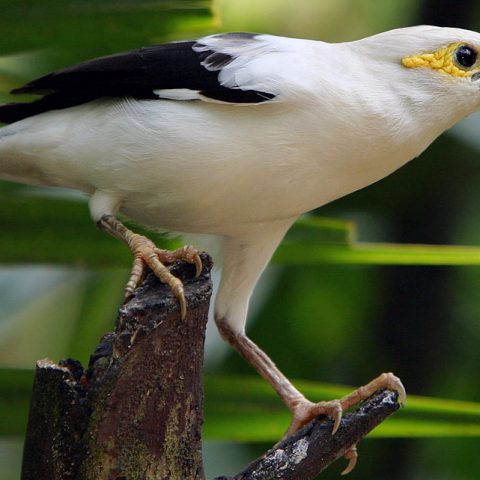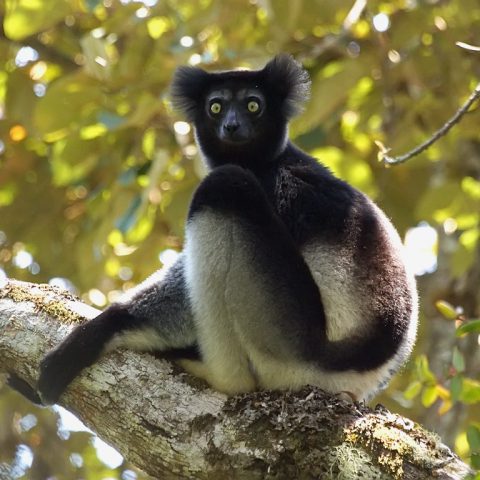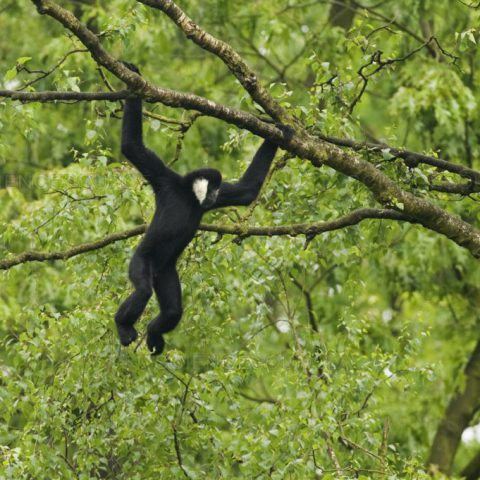Red Wolf
![]() Critically Endangered
Critically Endangered
Population
There are only an estimated 40 red wolves left in the wild today
Size
The species grows to be around 1.36 to 1.60 metres in length
Weight
The weight of the Red Wolf is around 23 to 39 kilograms
Countries
United States of America
Distribution
The species is only found in the Alligator River National Wildlife Refuge on Albemarle Peninsula in North Carolina, United States of America
Description
The Red Wolf is a very typical looking Canis, and is of middling size between a Grey Wolf and a Coyote. The Red Wolf sports a reddish tinge through its coat and is generally a tawnish to grey colour. It is typically a little more sparse with the amounts of fur in its coat.
Often described as looking slender and a little like a greyhound, the red wolf has longer ears than most wolves and a rather narrow skull.


Quick Facts
The behaviour of the Red Wolf consists of:
- The species is nocturnal
- The species communicates via scent markings, vocalisations (including howling), body postures and facial expressions
- The species is very shy
- The animals can hunt alone as well as in packs
- The species forms pair bonds for life
- Only the alpha male and female will mate in a pack. The others will help care for the young
The diet of the Red Wolf consists of:
- Small deer
- Rabbits
- Rodents
- Sometimes when prey is scares berries and insects
Red wolves are known to historically have a wide range of habitat. The reintroduced population tends to be found in habitats of agricultural lands, forests and wetlands. Generally they will be found where ever there is adequate prey and has very limited interactions with humans
The Red Wolf is facing multiple threats affecting the regrowth and introduction of the species back into the wild:
- Cross breeding with Coyotes
- Disease
- Habitat Fragmentation
Conservation Efforts
Red Wolf conservation is managed by the Red Wolf Species Survival Plan which has over 30 facilities operating. The species is facing some difficulties from organisations not fully cooperating with the survival plan and adding extra layers of complexity to the survival of the species in the wild.



